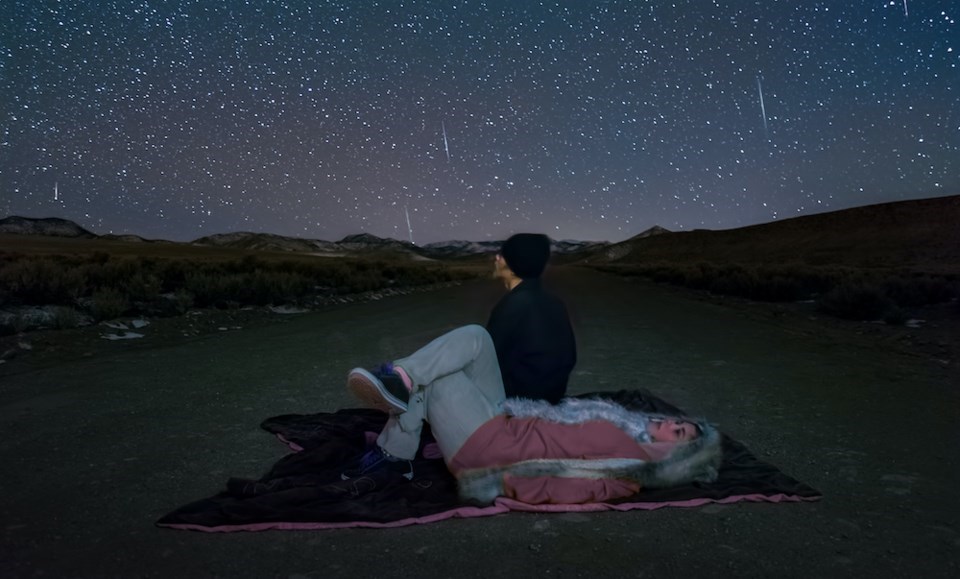Metro Vancouver stargazers can catch the peaks of two meteor showers this month.
The Draconid meteor shower is a short-lived event that will peak this year overnight on Oct. 8.
Unfortunately, Marley Leacock, an astronomer at the H.R. MacMillan Space Centre, tells Vancouver Is Awesome that the light of the full hunter moon will likely wash a lot of the shooting stars out.
"Still possible to see some if you get out of the city and have a clear, dark sky," she notes.
"The radiant is near the head of the dragon of the constellation Draco, and it is up all night."
Orionids meteor shower in Vancouver skies
Folks looking for a more productive shower will want to get outside for the climax of the Orionids meteor shower from Oct. 20 to Oct. 21.
The moon won't begin to rise until around 3 a.m. on Oct. 21., and it will be heading into a new moon "so the light will be minimal," adds Leacock.
The radiant of the shower is just above the constellation Orion and it will rise around 10:20 p.m. on Oct. 20.
"This gives a lot of time for excellent viewing. Again, an area with a clear, dark sky is the best," she notes.
The Orionid meteor shower will continue through Nov. 22. The American Meteorological Society (AMS) notes that the shower can sometimes reach "high strength activity," putting it on par with the Perseid meteor shower (one of the brightest showers of the year). On average, the Orionids produce roughly 10 to 20 shooting stars but in exceptional years they may produce up to 50 to 75 per hour.
There are actually more than two active meteor showers in October, but the third, the Northern Taurids, won't peak until Nov. 12. But this might be a big year for the annual shower.
The AMS notes that "there seems to be a seven-year periodicity with these fireballs. 2008 and 2015 both produced remarkable fireball activity. 2022 may be the next opportunity."
Find out more information about how to view the Northern Taurid shower and about fireballs.



